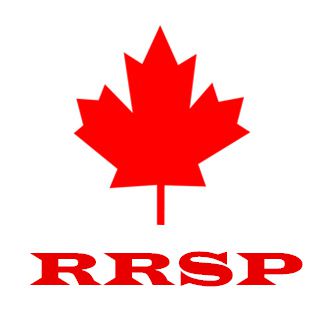
RRSP season is coming. When your bank try to sell you an RRSP, do you know what you are really buying, and how the RRSP help you save money? You can find several articles about RRSP from our blog. Let’s start from the RRSP basics.
What is RRSP?.
An RRSP is a retirement savings plan registered with Canada Revenue Agency. An RSSP is not an investment in itself; it is an account that holds investment assets. It was created by the federal government in 1957 to promote savings for retirement by employees and self-employed people.
How do I qualify for contributing to RRSP?
- There is no minimum age for contributing to an RRSP. However, you must be at least 18 to contribute more than $2,000.
- The year you turn 71 is the last year in which you can make a contribution to your RRSP.
- You can contribute to your RRSP and deduct it on your income tax only if you have unused RRSP deduction limit.
How to find out my unused RRSP deduction limit?
There are three ways to find your unused RRSP deduction limit.
- Canada Revenue Agency (CRA) will send you a Notice of Assessment after receiving your income tax return. On your latest notice of assessment, you will see RRSP deduction limit statement. Line A in the statement is the deduction limit you can contribute to your RRSP.
- Call the Canada Revenue Agency TIPS at 1-800-267-6999. You will be asked for your Social Insurance Number, your month and year of birth and the total Income amount you entered on line 150 of your previous year income tax return.
- You can also use the Canada Revenue Agency My Account Service online to find out the limit of your RRSP contributions allowed for your income taxes.
How to claim your RRSP deduction
Deduct your RRSP contributions on line 208 of your income tax return. For 2014, you can deduct contributions you made to your RRSP from January 1, 1991, to March 1, 2015 (the first 60 days of 2014). You can deduct these contributions if you did not deduct them for any other year, and if they are not more than your RRSP deduction limit for 2014.
What are qualified investments on your RRSP
Common types of qualified investments include:
- Cash deposit;
- guaranteed investment certificates (GICs);
- government and corporate bonds;
- mutual funds; and
- securities listed on a designated stock exchange.
